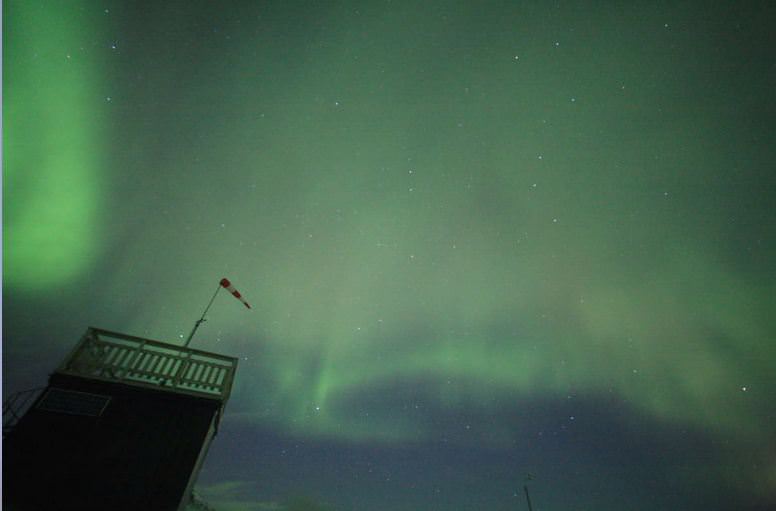[/caption]
With the recent solar activity producing blasts of subatomic particles from the Sun to Earth's magnetic field, the social media outlets are buzzing with those who are seeing auroral activity in their region. But what if it's cloudy where you are, or you don't live in a latitude conducive to seeing aurorae? The internet and webcams to the rescue! As I write this, the Aurora Sky Station webcam is broadcasting stunning views of the aurora in Sweden, like the screenshot above. But there are more webcams dedicated to capturing and sharing the aurora experience.
There's
AuroraMAX,
from Yellowknife, Canada, which
we've featured before on Universe Today
. AuroraMAX is an online observatory which began streaming Canada's northern lights live over the Internet in 2010.
In addition to nightly broadcasts of the aurora, AuroraMAX offers tips for seeing and photographing auroras, and includes an image gallery with still photos and movies from previous nights.
The Nature of Jokkmokk website
from Lapland offers several different views of the night sky.
offers an all-sky camera from Tromsø, Norway (and as I write this, the sky is covered with green auroral activity!)
The Aurora Live
website is from the Poker Flat Research Range, University of Alaska Fairbanks.
All these webcams are active only when it is dark in their respective locations.
Check out NOAA's Space Weather Prediction Center, which has maps for both the northern and southern hemispheres which shows regions of potential auroral activity.
If your skies are clear and you're in a good location,
read our guide
on how best to view the aurora.
Enjoy the views!
 Universe Today
Universe Today
